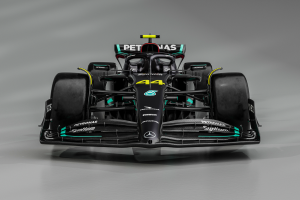Up Next

After what feels like an unusually long winter, Formula 1 pre-season testing is finally upon us.
Only three days of running is permitted this season in Bahrain, so unsurprisingly every F1 team has already hit the track to rack up some vital shakedown mileage.
But from Thursday through to Saturday at the Sakhir circuit, things will start to get serious. Here are some of the key things we’ll be looking out for.
WILL THE MERCEDES BE PORPOISING?
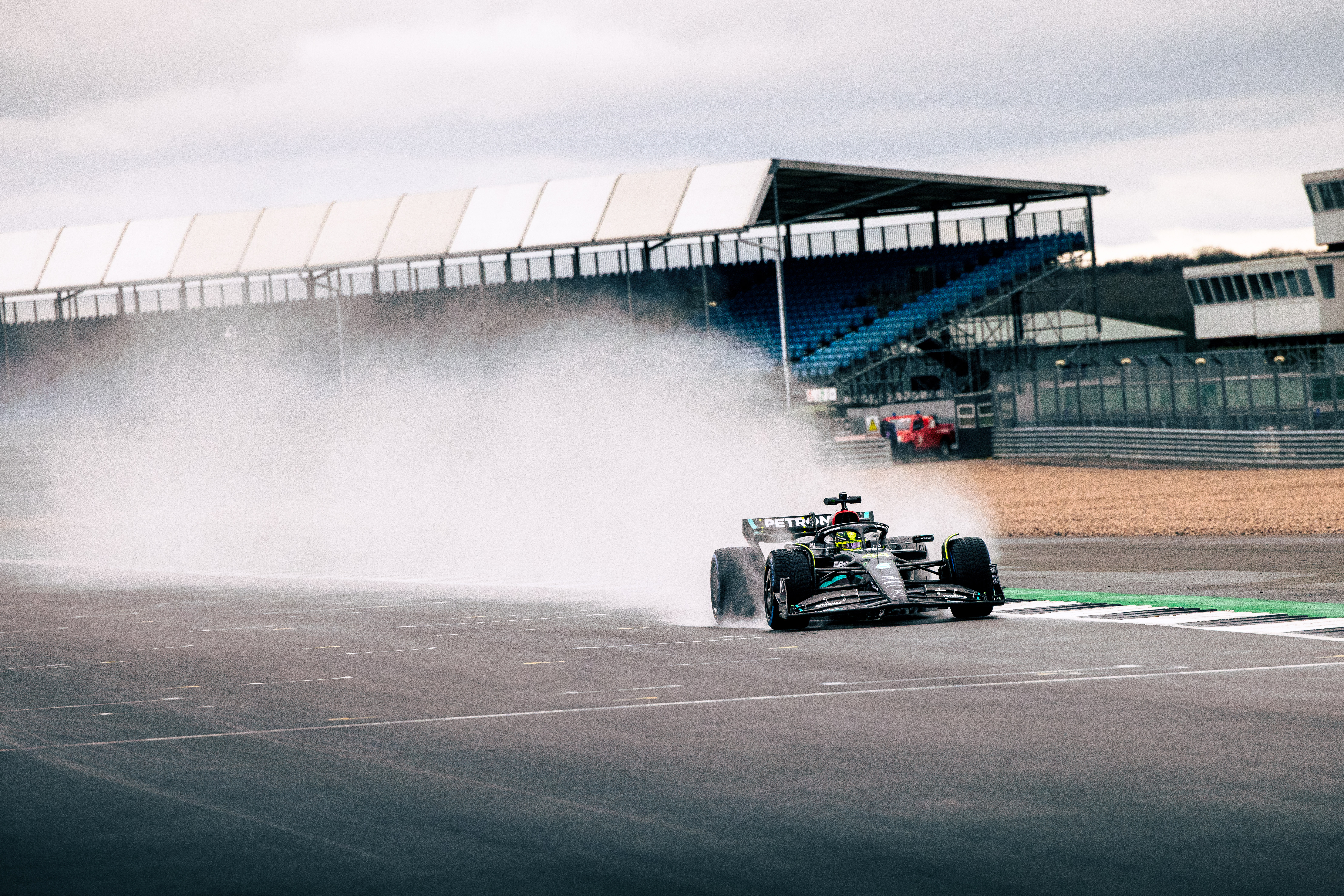
“You’ll see next week,” George Russell said with a smile when, after his initial shakedown in the Mercedes W14, he was asked if he suffered any bouncing.
As far as porpoising goes, it will be interesting to see if any teams have pushed their solutions far enough to trigger some bouncing problems – or if the new floor rule changes over the winter have stamped it out entirely.
But it is particularly prevalent for Mercedes.
The strengths and weaknesses of the W14 will go beyond a simple ‘is it bobbing up and down?’ on the straights. It’s a key thing to watch out for, for two reasons.
First, it’s simple public interest. Lots of people are just going to want to know if it’s happening.
Second, it could legitimately be a sign of what Mercedes is dealing with. Is Mercedes where it expected to be with porpoising, or not?
There’s already a feeling after the winter that Mercedes might not have quite made the gains it was hoping for, and will start the season on the back foot.
So we’ll be on the lookout for any outward signs that prove or disprove that notion.
WHAT’S THE RB19 LIKE?
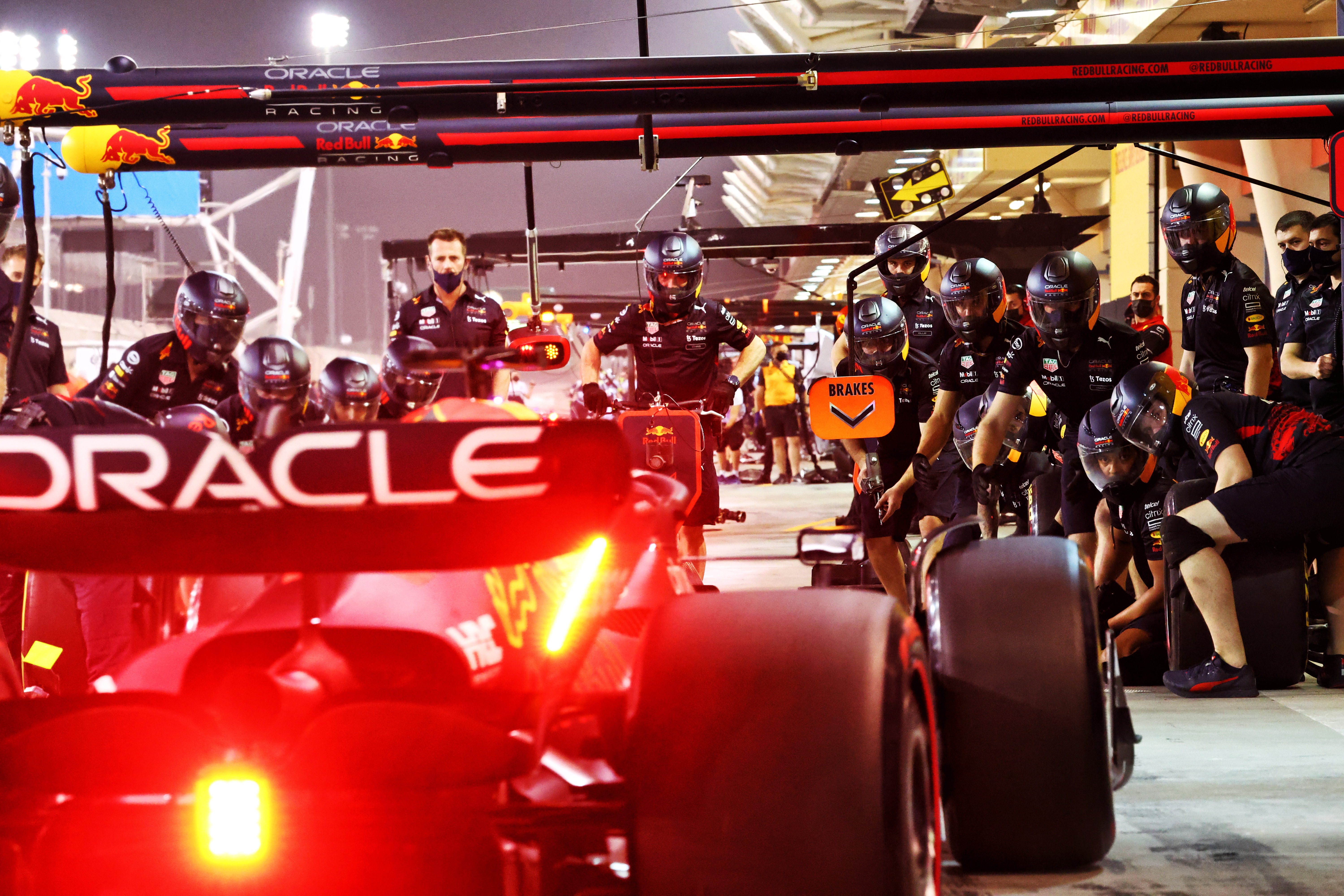
After Red Bull made a mockery of launch season by unveiling the ‘RB19’ two-and-a-half weeks ago, it’s time to meet the real thing. Not a show car in 2023 clothing.
We aren’t the only ones who will be keen for a look at the RB19. The competition will also be pining to scope out how last year’s benchmark team has evolved F1 2022’s fastest car.
Last year, Red Bull introduced a late bodywork update at the second test in Bahrain. Given it is just a single three-day test this year, chances are the car that breaks cover – at this point, almost certainly on Thursday morning by rolling out of the pitlane – will be extremely close to what races next week.
As so many cars have shifted towards ‘Red Bull-style’ designs, it will be fascinating to see if the RB19 moves the goalposts.
WHAT HAVE TEAMS BEEN HIDING?
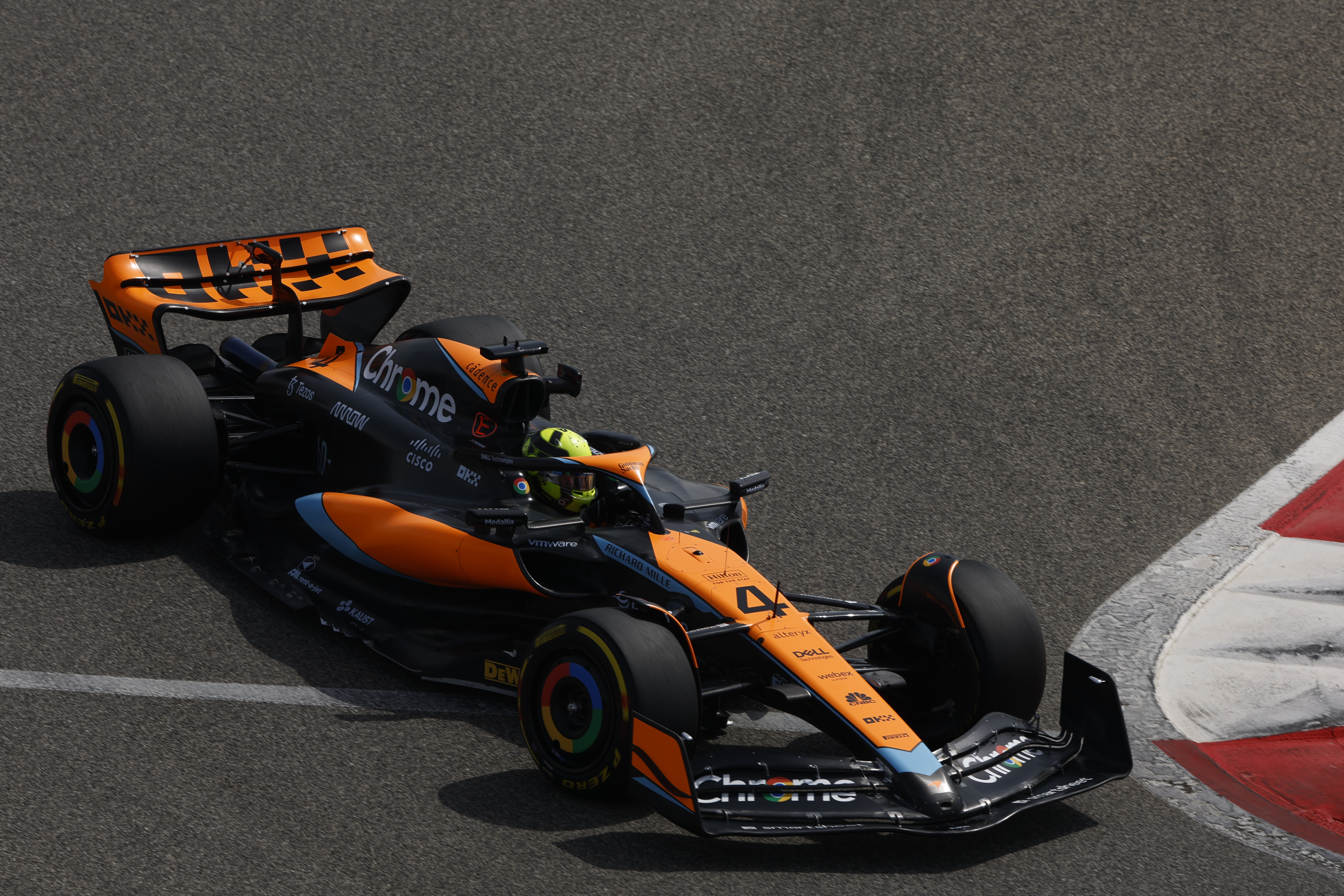
It’s not just Red Bull that has been playing games in the off-season. Prior to the Bahrain test, F1 teams control what the outside world sees of their cars.
Even when photos of the cars were released, they were carefully selected to shroud any details that teams will want to keep hidden. There will also be parts that are added to cars in Bahrain.
While teams will do their best to keep things under wraps in Bahrain, it’s impossible to do so entirely.
The cars are fully exposed when on track or driving down the pitlane and it’s not only media outlets like The Race that have photographers poised to capture the secret details, but also the 10 F1 teams.
The three days in Bahrain will be the first time to see the real 2023 F1 cars and their secrets will gradually become clear to the world. That’s what makes pre-season testing so fascinating.
IS FERRARI’S ENGINE ADVANTAGE BACK?
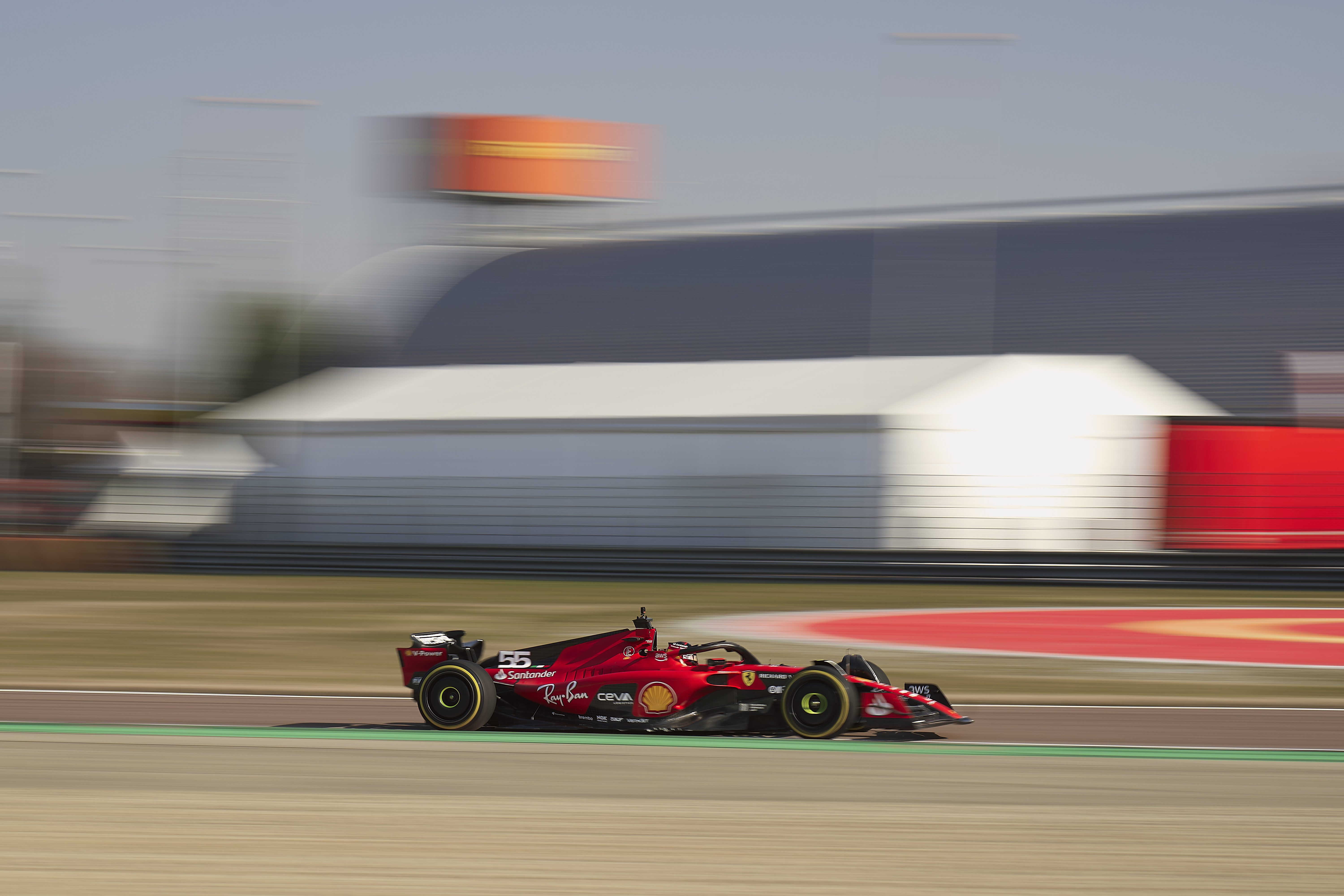
It was in Bahrain last year that the effectiveness of Ferrari’s unique small turbo/long inlet power unit became apparent.
The car’s acceleration out of the slow turns was quite eye-opening and something which would go onto be something of a theme of the early races: the Red Bull would be quicker at the end of the straights but the Ferrari would accelerate harder onto them. The tighter the track, the better it was for the Ferrari engine.
After the first third of the season, Ferrari turned the engines down to prevent a repeat of the MGU-H induced failures suffered in Barcelona and Baku and because the fix was not a quick one we never again saw that early season acceleration advantage.
But Ferrari is hopeful that with the reliability fix in place it can revert to running the engine hard once more this year.
And the Sakhir circuit is one of the more power-rewarding tracks on the calendar…
WILL ASTON MARTIN MAKE A BIG LEAP?
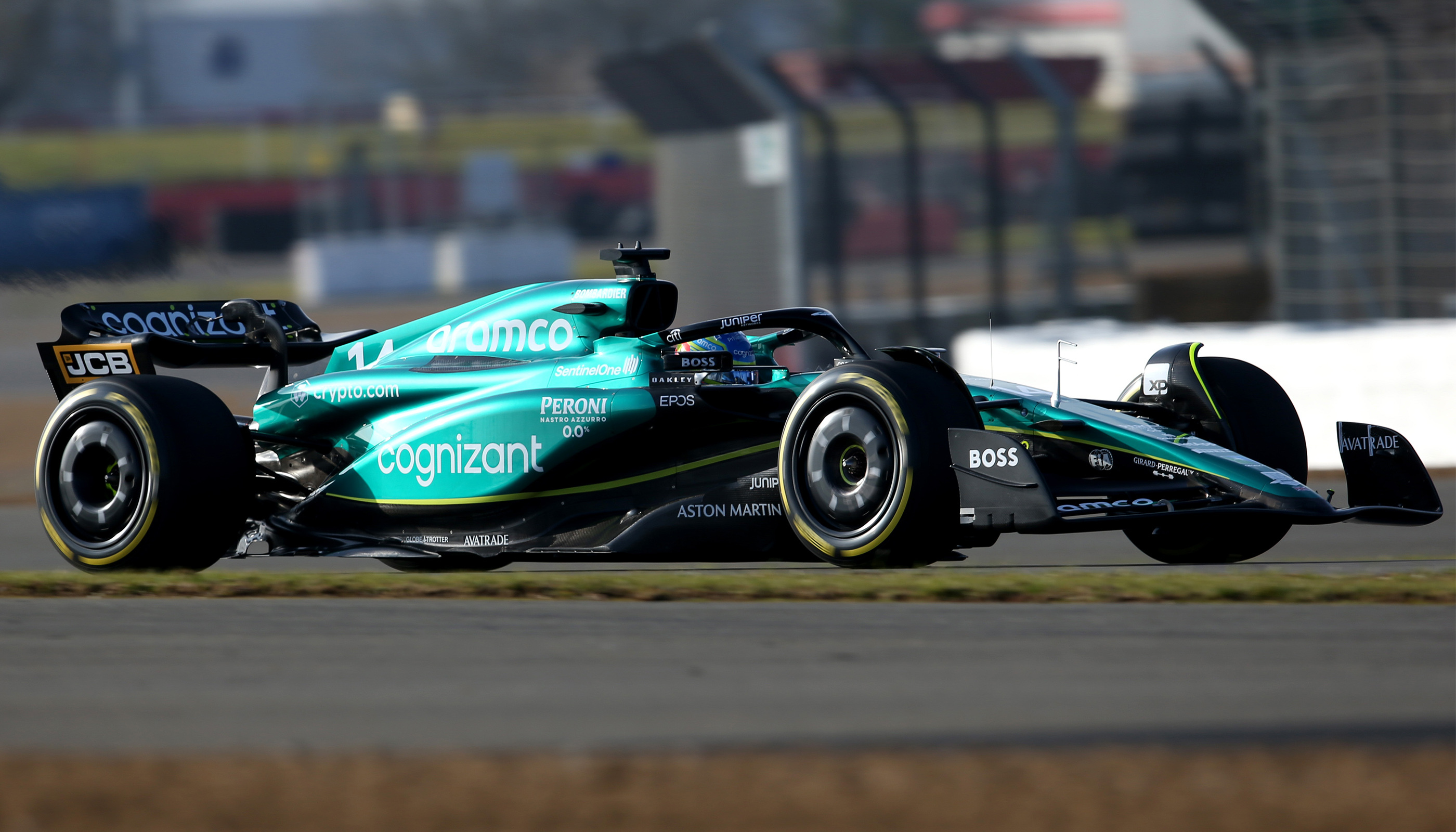
At this time of the year there are always rumours between teams about what the windtunnel numbers are saying. They are of course to be treated with a large pinch of salt.
But one recurring rumour of the last few weeks is that the new Aston Martin AMR23’s tunnel numbers are very good. As in, not just good by midfield team standards, but actually good, really good. As in a competitive car good.
Lots of ‘goods’ in there and it may be too good to be true. But occasionally those tunnel rumours prove true – recall the 2009 Brawn.
If Aston really has delivered a competitive car, we would suddenly have an Alonso factor to consider. Bahrain might give us a first read on that.
IS THE WILLIAMS PASSING ITS BIG TEST?

Williams had the slowest car in F1 last year, even though it was almost always at least able to compete in the lower midfield. But it is hoping to make a decent step in 2023.
To do that, the car needs to have better through-corner balance. And combination corner entries – turning and braking – exposed just how bad this was.
This was visible very early in the year, in pre-season testing in Bahrain in fact. The Williams regularly arrived on the scene locking up and running wide at the trickiest sequence, the double-left in which the tracks crests at Turn 9 then dips into the ever-tightening Turn 10.
And Alex Albon actually said at the team’s launch event earlier this month that this very corner sequence will indicate whether Williams has made the progress he thinks it has with its car.
“Turn 9/Turn 10, that’s the kind of notorious corner,” he said.
“Hopefully if we’re backing it in on the rear that’s a good sign.”
WILL THERE BE ENOUGH RUNNING?
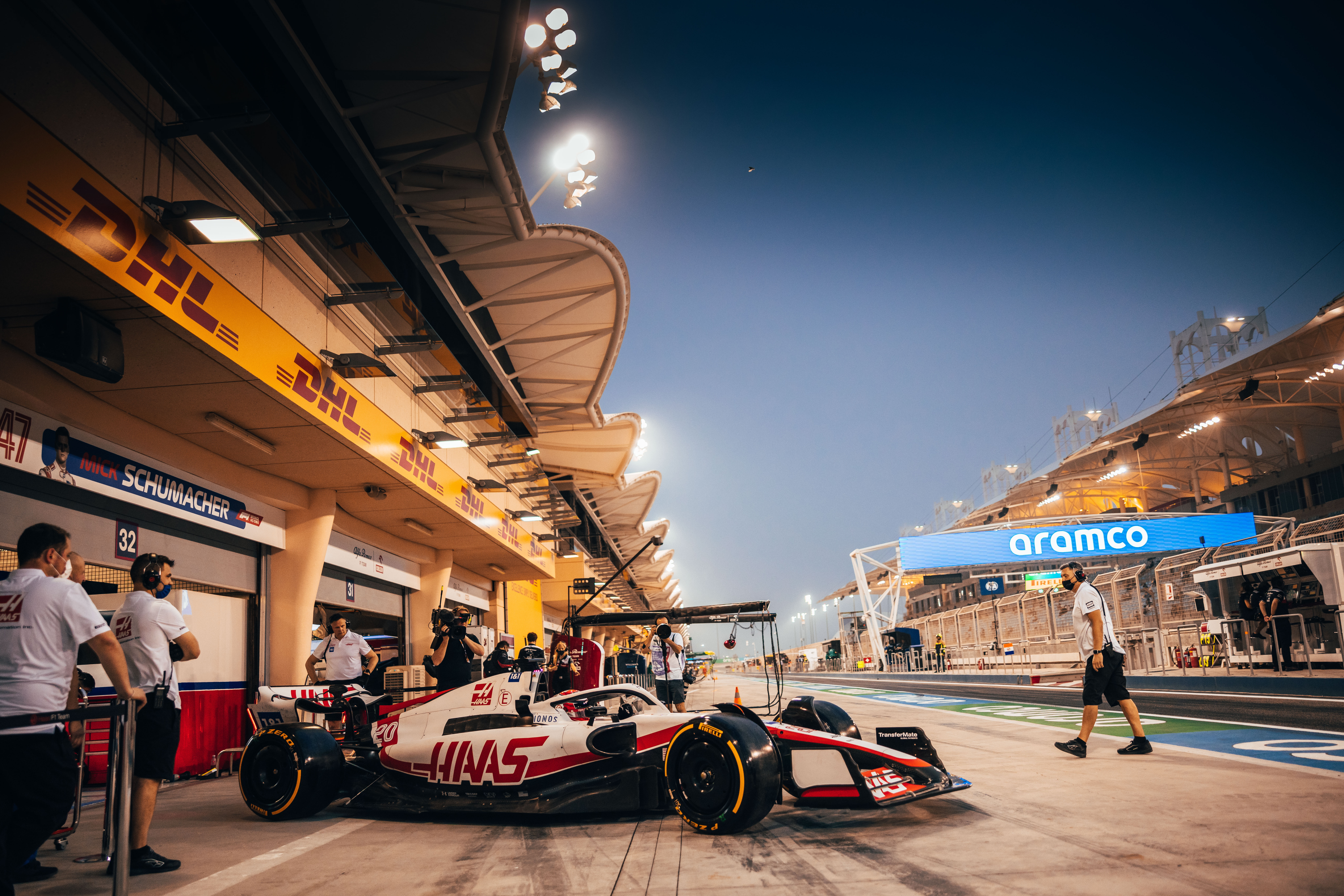
If even Fernando Alonso, the most experienced F1 driver of all time, is complaining about the lack of pre-season running, how tough must it be for the rookies? Ever since in-season testing was banned in 2009 (although it has returned in various forms subsequently, never in such unfettered form as before then) this has been a problem.
There are just three days of pre-season testing in 2023, which means a day-and-a-half for each race driver. For rookies Oscar Piastri (McLaren), Logan Sargeant (Williams) and Nyck de Vries (AlphaTauri), that’s not much time. Even for the experienced drivers who have moved – Alonso, Pierre Gasly (Alpine) and Nico Hulkenberg (Haas) – it’s a big ask.
The last time there was just three days was in 2021, when teams were running carryover cars, the most laps anyone managed was 237 by Gasly (that’s 1282km). The unfortunate ones managed far less than that, with Aston Martin newcomer Sebastian Vettel managing only 117 laps (633km).
Even with a clean day-and-a-half, that’s not much time given the fact that the testing programme is about far more than just the driver acclimatising. So if any team has reliability problems, it could put a driver well on the back foot early in the season.
HAS A KEY 2023 DEVELOPMENT WORKED?
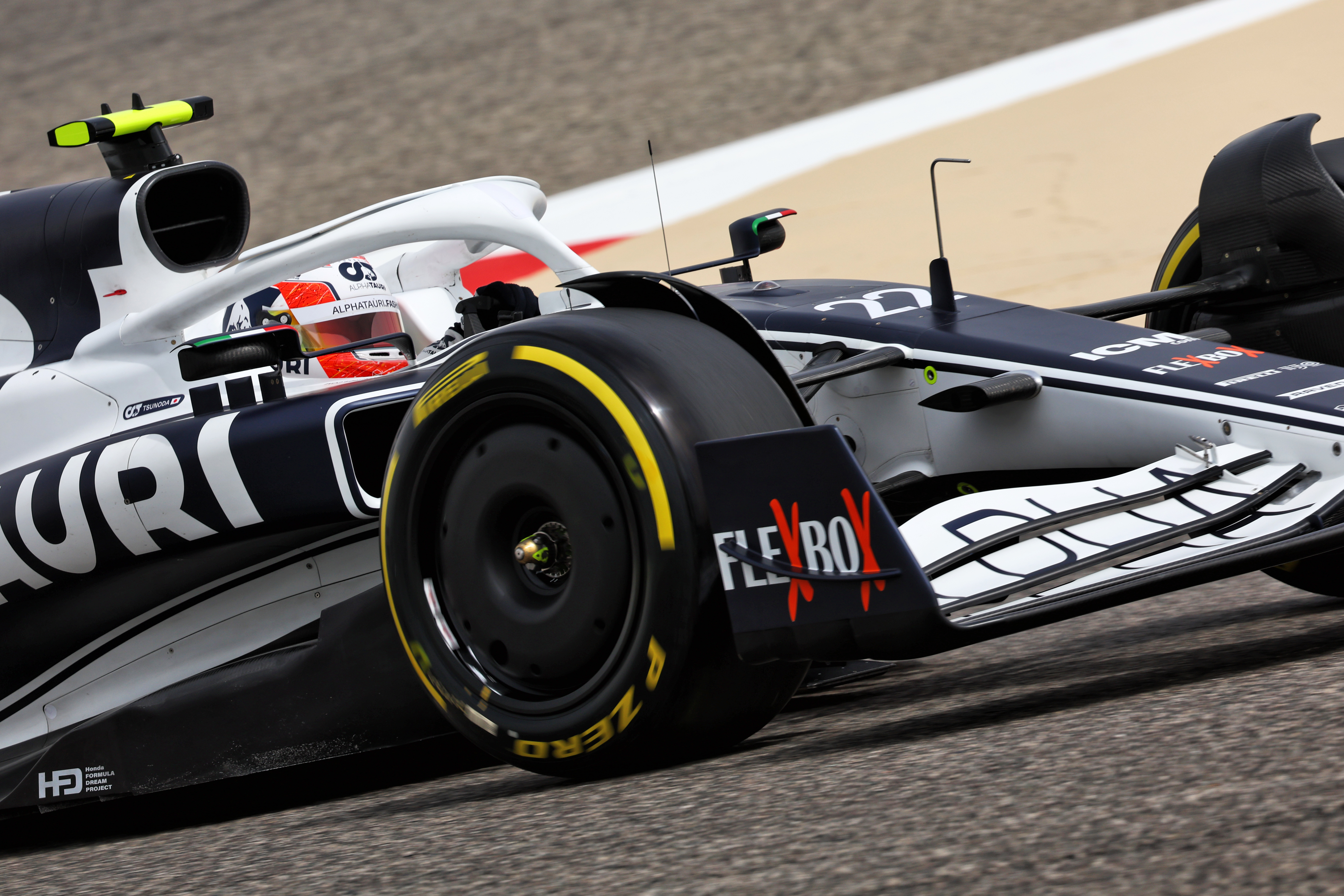
The balance of last year’s new Pirelli tyres for the switch to 18-inch wheelrims was a little understeery. That was exacerbated by the struggle to achieve front-end aero load under the current regulations. This year’s tyres have been modified to reduce that understeer by improving the footprint of the front tyres.
Pirelli has been careful not to go too far with this, a sensible strategy given the expected improvements to the cars in terms of balance. The fear is that changing the balance too profoundly could lead to an inherent oversteer balance in the tyres.
The final-specification construction and compounds were used in the post-season test in Abu Dhabi and yielded a mixture of gently positive or nonplussed responses from drivers. Given these new tyres will be running on all-new cars, the Bahrain test should give a clear idea of their inherent behaviour and how well Pirelli has hit the mark.
THE FIRST SIGNS OF THE PECKING ORDER
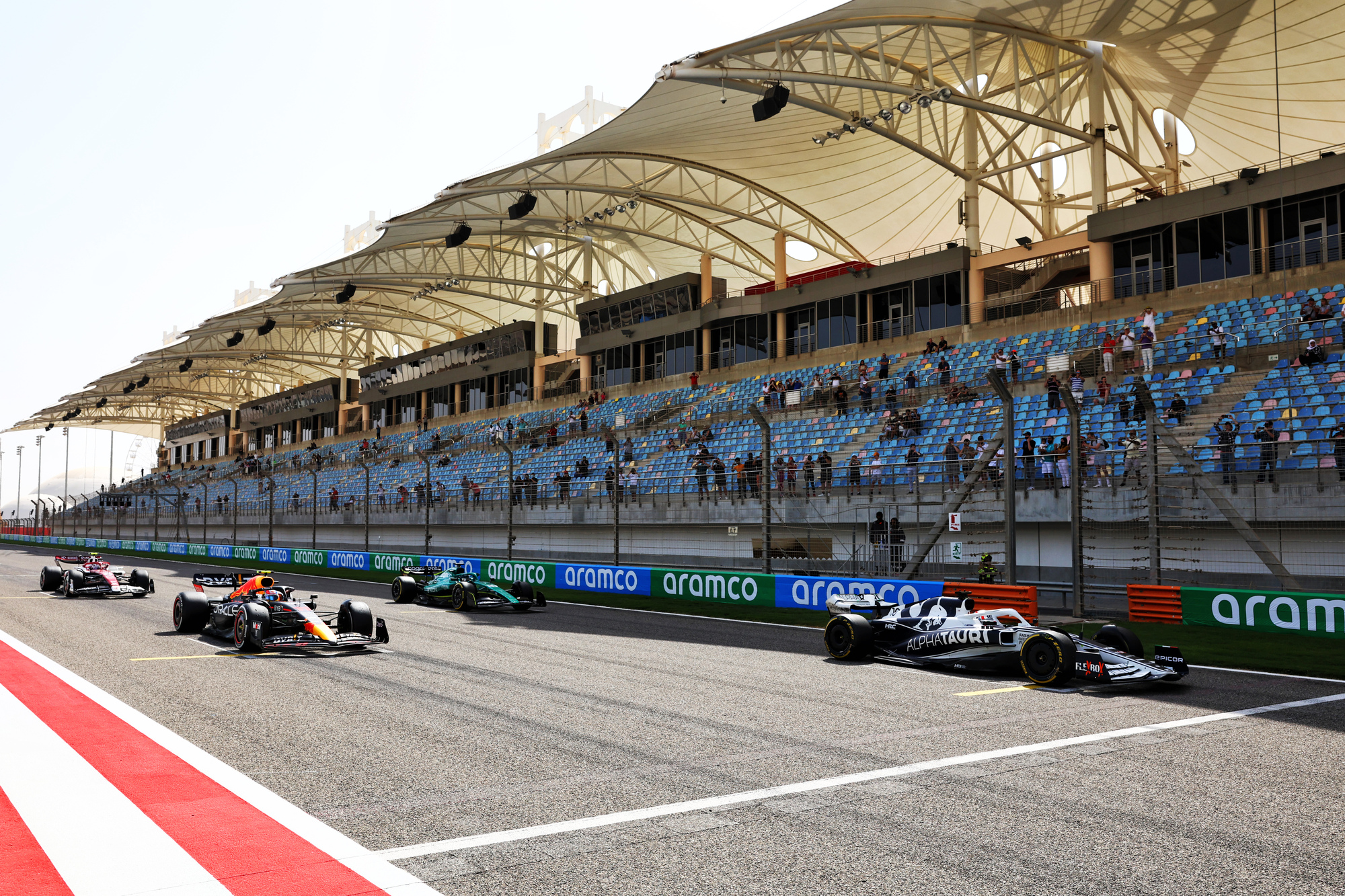
Ah, we can read the comments now!
Every year it’s the same thing and we always stress there are plenty of caveats applied: no knowledge of fuel loads or engine modes, different tyre compounds, drivers pushing to different degrees – the list is extensive.
However, by the end of testing, there is always at least a vague outline of the order. It’s at least obvious who is in particularly bad shape!
The fun thing is that as there are only three days, the outline might become clearer in some ways but less clear in others.
Teams can’t afford to mess around with their run plans, but they will be prioritising different things as there is simply not enough time to get through everything.
Some will do full race simulations, some might break them up. Some might empty the tank to get a real qualifying simulation at the end of day two or three, some might keep 20-30kg in reserve.
We will, inevitably, be working with best guesstimations. But at the very least, the first signs of the pecking order will emerge.
And on the subject of how competitive the teams are…
IS THE FIELD GOING TO BE CLOSER?
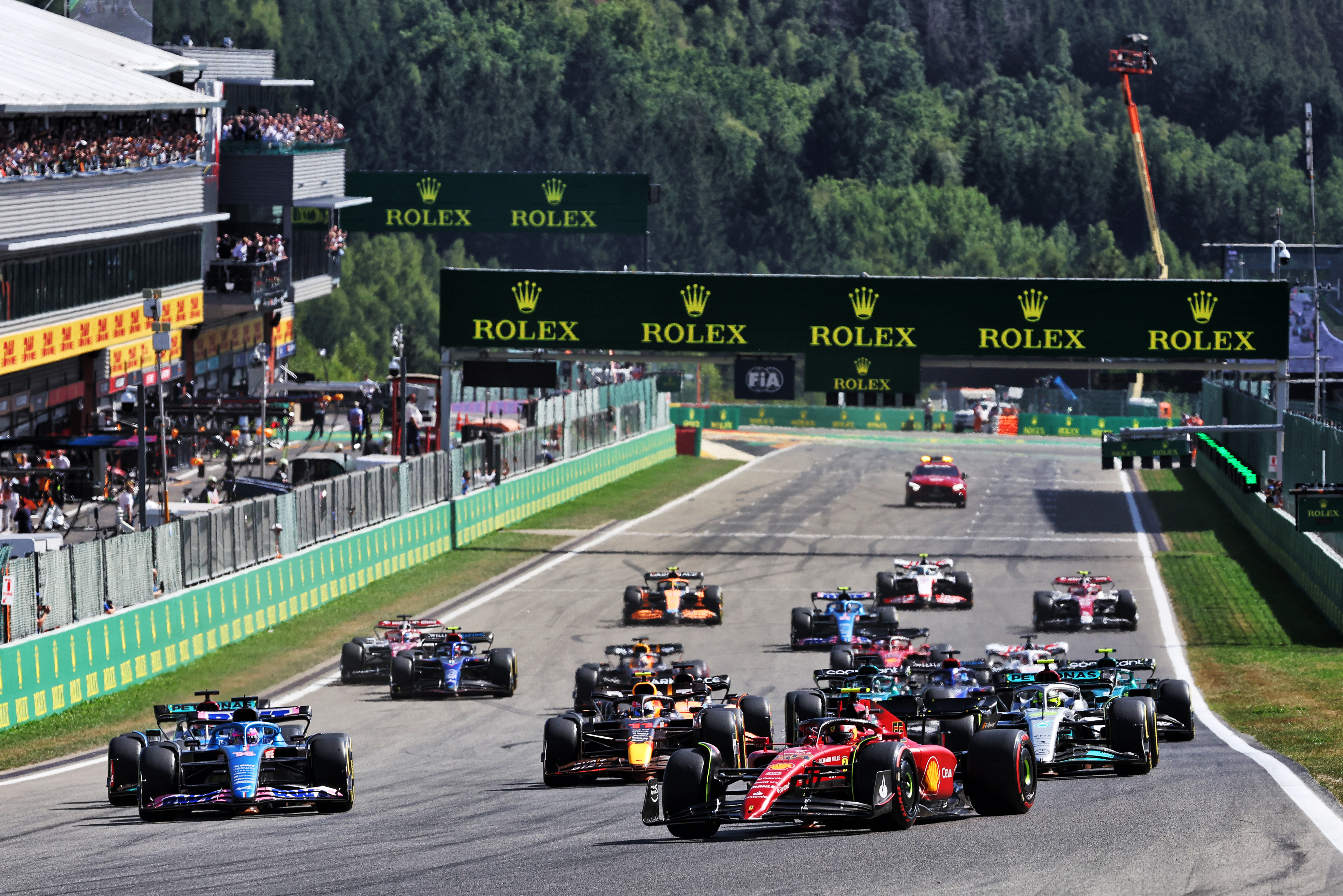
One of the stated aims of the technical regulations introduced last year was to close up the field. The FIA’s single-seater technical boss Nikolas Tombazis felt that last year, “In terms of being the first year of the regulations, the gaps were very low”.
The expectation is that the gaps will close up in the coming years and the Bahrain test will be our first, tentative, indication of whether that will happen in 2023.
For reference, across last year the gap from first to last was 2.6% on average, with the midfield 1.35% off the pace. For the Bahrain GP weekend, the gaps was similar although the midfield was a little closer, 1% down. During the Bahrain test, the gap from fastest (Red Bull) to slowest (Williams) was 3.65% (3.350 seconds).
There’s also the first opportunity to assess the pace impact of the rules tweaks this year, primarily the raising of the floor edges by 15mm and the raising of the diffuser throat.



